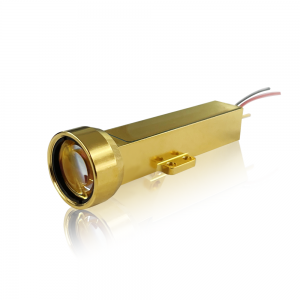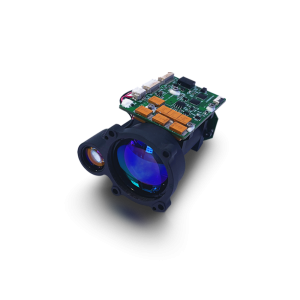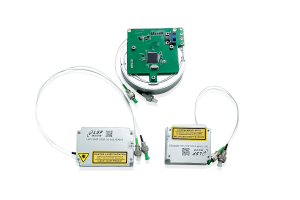Subscribe to Our Social Media For Prompt Post
The Critical Role of Eye-Safe Lasers Across Diverse Industries
In today's advanced technological landscape, eye-safe lasers have emerged as a crucial component across a multitude of industries. Their significance cannot be overstated, particularly in contexts where precision and safety are paramount concerns. This article explores the pivotal role of eye-safe lasers in various professional domains, emphasizing their indispensable contributions to medical procedures, defense applications, remote sensing, telecommunications, scientific research, and compliance with stringent safety regulations.
1.Medical Applications:
In the realm of medicine, eye-safe lasers have become indispensable tools for procedures involving direct or indirect interaction with the eye. Notably, in ophthalmology, revolutionary techniques like LASIK (Laser-Assisted In Situ Keratomileusis) and PRK (Photorefractive Keratectomy) rely on eye-safe lasers to delicately reshape the cornea. The use of eye-safe wavelengths ensures the protection of the eye's delicate structures, facilitating safe and precise interventions.
2.Laser Rangefinders and Target Designators:
In defense applications, eye-safe lasers play a pivotal role in laser rangefinders and target designators. These sophisticated devices are instrumental in tasks such as distance measurement and target identification, often utilized by pilots and other defense personnel. By employing eye-safe wavelengths, the risk of accidental eye exposure during operation is significantly reduced, ensuring the safety of operators and those in proximity.
3.Remote Sensing and Lidar:
In the fields of remote sensing and Lidar applications, lasers serve a diverse range of purposes, including atmospheric analysis, vegetation assessment, and topographic mapping. Eye-safe wavelengths are imperative in these contexts, as they allow for the secure operation of lasers without posing any risk to humans or wildlife that might inadvertently intersect with the laser beams. This ensures the integrity of data collection and analysis in environmentally sensitive areas.
4.Telecommunications and Data Transmission:
While eye safety may not be the primary focus in telecommunications, it remains a relevant consideration in specific contexts. For instance, in free-space optical communications or optical wireless communication, utilizing eye-safe wavelengths can effectively mitigate any potential interference with vision, particularly if laser beams accidentally intersect with individuals. This precautionary measure underscores the commitment to both technological advancement and public safety.
5.Scientific Research:
In the realm of scientific research, eye-safe lasers play a pivotal role, particularly in atmospheric studies and environmental monitoring. These advanced lasers enable researchers to probe the atmosphere without imposing any risk on observers or disrupting natural ecosystems. This facilitates the acquisition of critical data for scientific advancements while ensuring the well-being of researchers and the environment.
6.Compliance with Safety Regulations:
Recognizing the potential risks associated with lasers, many countries and regions have established stringent regulations and safety standards. These regulations mandate the use of eye-safe lasers in specific applications to safeguard the public and workers from potential eye injuries. Adhering to these standards is paramount, underscoring the industry's commitment to responsible and safe laser usage.
Post time: Sep-08-2023



